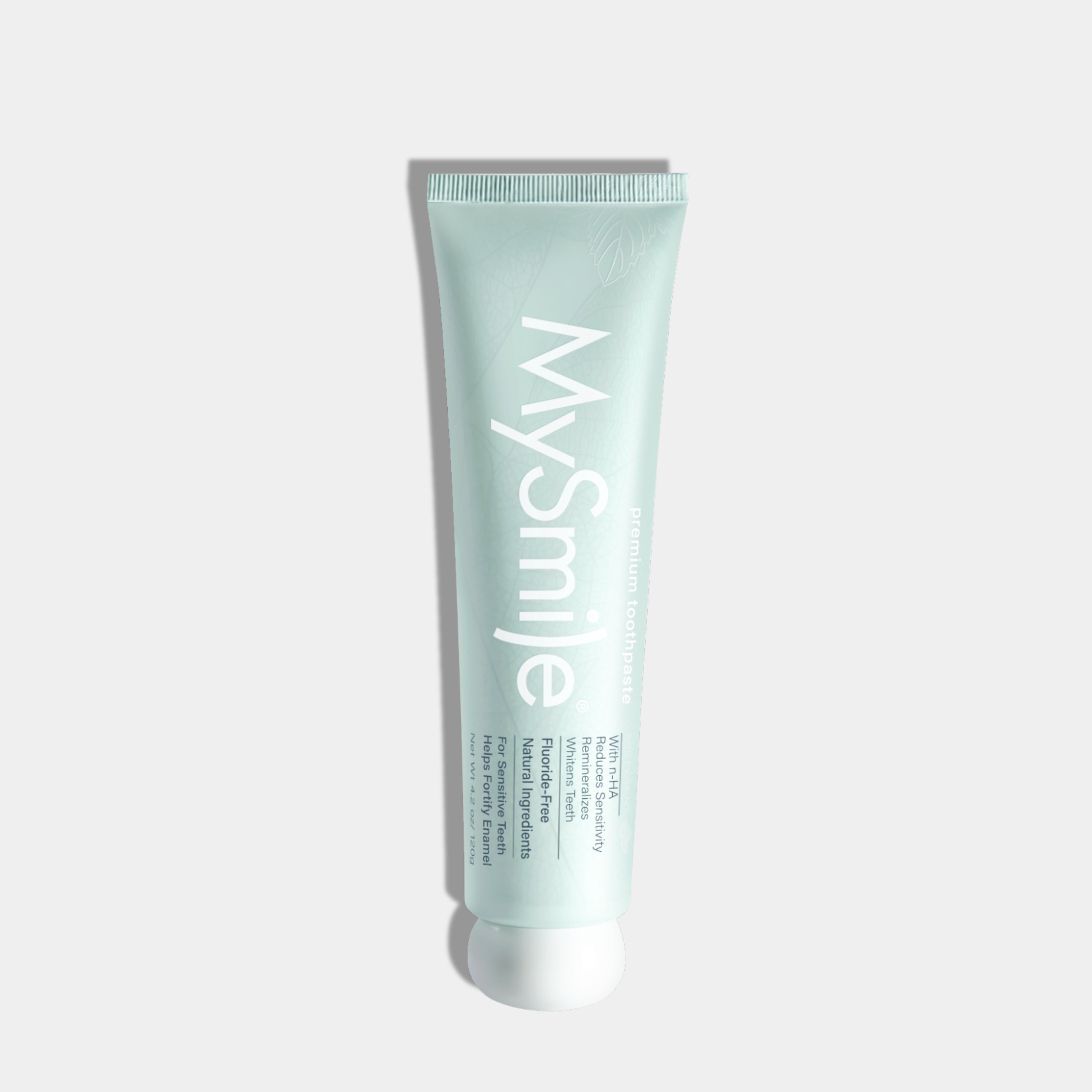Sparkling Smiles Ahead: Your Guide to Choosing the Right Teeth Whitening Strips
In today's world, a bright, white smile is often seen as a symbol of health, confidence, and success. But achieving that dazzling grin requires more than just daily brushing and flossing. Teeth whitening strips have become a popular and effective solution for many seeking to enhance their smiles without the high cost of professional treatments. But with so many options on the market, how do you know which ones are right for you?
In this blog post, we'll delve into the ins and outs of teeth whitening strips. We'll explore what they are, how they work, and, most importantly, how to choose the best ones for your needs. Whether you're looking to remove stubborn coffee stains or just want to brighten your smile for an upcoming event, this guide will provide you with the information you need to make an informed decision.
Understanding Teeth Whitening Strips
What Are Teeth Whitening Strips?
Teeth whitening strips are thin, flexible pieces of plastic coated with a peroxide-based whitening gel. They are designed to conform to the shape of your teeth and deliver a whitening agent directly to the enamel. Typically, these strips are used for a short period each day over several weeks, depending on the product's instructions and the desired level of whitening.
How Do They Work?
The active ingredient in most teeth whitening strips is either hydrogen peroxide or carbamide peroxide. When applied to the teeth, these chemicals break down into oxygen molecules that penetrate the enamel and break apart the stains. This process helps to lighten the color of the teeth and remove discoloration caused by food, beverages, tobacco, and aging.
Why Choose Teeth Whitening Strips?
Teeth whitening strips are a popular choice for several reasons. They are generally more affordable than professional treatments, easy to use at home, and can produce noticeable results in a relatively short amount of time. Additionally, they are widely available and come in various strengths and formulations to suit different needs and preferences.
Factors to Consider When Choosing Teeth Whitening Strips
Sensitivity of Your Teeth
One of the first things to consider when choosing teeth whitening strips is the sensitivity of your teeth and gums. Some individuals experience discomfort or pain when using whitening products, especially those with higher concentrations of peroxide. If you have sensitive teeth, look for strips specifically designed for sensitive users, as these typically contain lower levels of the active ingredient and include desensitizing agents like potassium nitrate.
Whitening Strength
Teeth whitening strips come in various strengths, with some designed for mild staining and others for more severe discoloration. The strength of the strips is usually indicated by the concentration of peroxide in the gel. If you have significant staining, you may need a stronger product, but it's essential to balance effectiveness with the potential for increased sensitivity.
Duration of Treatment
Different teeth whitening strips require varying lengths of treatment to achieve the desired results. Some products promise whiter teeth in just a few days, while others may take several weeks. Consider how quickly you want to see results and how much time you can commit to the daily application process. Keep in mind that faster results might involve higher peroxide concentrations, which could lead to increased sensitivity.
Types of Teeth Whitening Strips
Hydrogen Peroxide-Based Strips
Hydrogen peroxide is a common ingredient in many teeth whitening products due to its effectiveness in breaking down stains. These strips are typically more potent and can produce quicker results. However, they may also cause more sensitivity, so they might not be suitable for everyone.
Carbamide Peroxide-Based Strips
Carbamide peroxide is another popular whitening agent, which breaks down into hydrogen peroxide and urea when applied to the teeth. It works more slowly than hydrogen peroxide but is often gentler on the teeth and gums. Carbamide peroxide-based strips can be a good option for those with sensitive teeth or who prefer a more gradual whitening process.
Natural Whitening Strips
For those who prefer to avoid chemicals, natural teeth whitening strips are available. These products typically use ingredients like coconut oil, activated charcoal, or baking soda to whiten teeth. While they may not be as effective as peroxide-based strips, they offer a gentler, more natural approach to teeth whitening.
Tips for Using Teeth Whitening Strips Effectively
Follow the Instructions
It's crucial to follow the instructions provided with your teeth whitening strips carefully. Overusing the strips or leaving them on for longer than recommended can increase the risk of sensitivity and damage to your enamel. Stick to the recommended usage guidelines to ensure safe and effective results.
Maintain Good Oral Hygiene
Good oral hygiene is essential for maintaining a white smile. Brush and floss your teeth regularly to remove plaque and prevent new stains from forming. Using a whitening toothpaste can also help to enhance and prolong the effects of your whitening strips.
Avoid Staining Foods and Beverages
While using teeth whitening strips, try to avoid foods and beverages that can stain your teeth, such as coffee, tea, red wine, and dark-colored fruits. If you do consume these items, rinse your mouth with water afterward or brush your teeth to minimize staining.
Potential Side Effects of Teeth Whitening Strips
Tooth Sensitivity
Tooth sensitivity is a common side effect of teeth whitening strips, especially those with higher concentrations of peroxide. If you experience sensitivity, try using the strips less frequently or switch to a product designed for sensitive teeth. Using a toothpaste formulated for sensitive teeth can also help alleviate discomfort.
Gum Irritation
Some users may experience irritation or discomfort in their gums when using teeth whitening strips. This can occur if the strips come into contact with the gums or if the user has a preexisting gum condition. To minimize irritation, apply the strips carefully, ensuring they only cover the teeth and not the gums.
Uneven Whitening
In some cases, teeth whitening strips may produce uneven results, particularly if the strips do not adhere correctly to the teeth. Ensure the strips are applied smoothly and evenly to avoid patchy whitening. If uneven results persist, consider consulting a dental professional for advice.
Professional vs. Over-the-Counter Teeth Whitening
Professional Teeth Whitening
Professional teeth whitening treatments, performed by a dentist, usually involve stronger whitening agents and can produce more dramatic results in a shorter time. However, these treatments are typically more expensive than over-the-counter options. Professional whitening is an excellent choice for those with severe staining or who want the reassurance of a supervised treatment.
Over-the-Counter Teeth Whitening
Over-the-counter teeth whitening strips are a convenient and cost-effective alternative to professional treatments, like MySmile Glamorous Teeth Whitening Strips. While they may not produce the same level of results, they can still significantly improve the appearance of your teeth when used correctly. For many people, the convenience and affordability of over-the-counter strips make them the preferred option.
How to Maximize the Longevity of Your White Smile
Regular Touch-Ups
To maintain your white smile, consider using whitening strips periodically for touch-ups. This can help counteract new stains and keep your teeth looking bright. Follow the manufacturer's recommendations for safe and effective touch-up treatments.
Dental Check-Ups
Regular dental check-ups are essential for maintaining good oral health and a white smile. Your dentist can provide professional cleanings that remove surface stains and offer personalized advice on maintaining your teeth whitening results.
Healthy Lifestyle Choices
Adopting healthy lifestyle choices can also help preserve your white smile. Avoid smoking and limit your consumption of staining foods and beverages. Drinking plenty of water and eating a balanced diet rich in fruits and vegetables can contribute to overall oral health.
Conclusion:
Choosing the right teeth whitening strips can make a significant difference in achieving the bright, white smile you desire. By considering factors such as tooth sensitivity, whitening strength, and treatment duration, you can select a product that meets your needs and preferences. Remember to follow the instructions carefully, maintain good oral hygiene, and make healthy lifestyle choices to maximize and prolong your whitening results.
Whether you opt for hydrogen peroxide-based strips, carbamide peroxide-based strips, or a natural alternative, the key to success is consistency and care. With the right approach, you can enjoy a dazzling smile that boosts your confidence and leaves a lasting impression.
So, why wait? Start your journey to a whiter, brighter smile today by exploring the best teeth whitening strips MySmile Glamorous Whitening Strips for your needs.
Happy teeth whitening!









